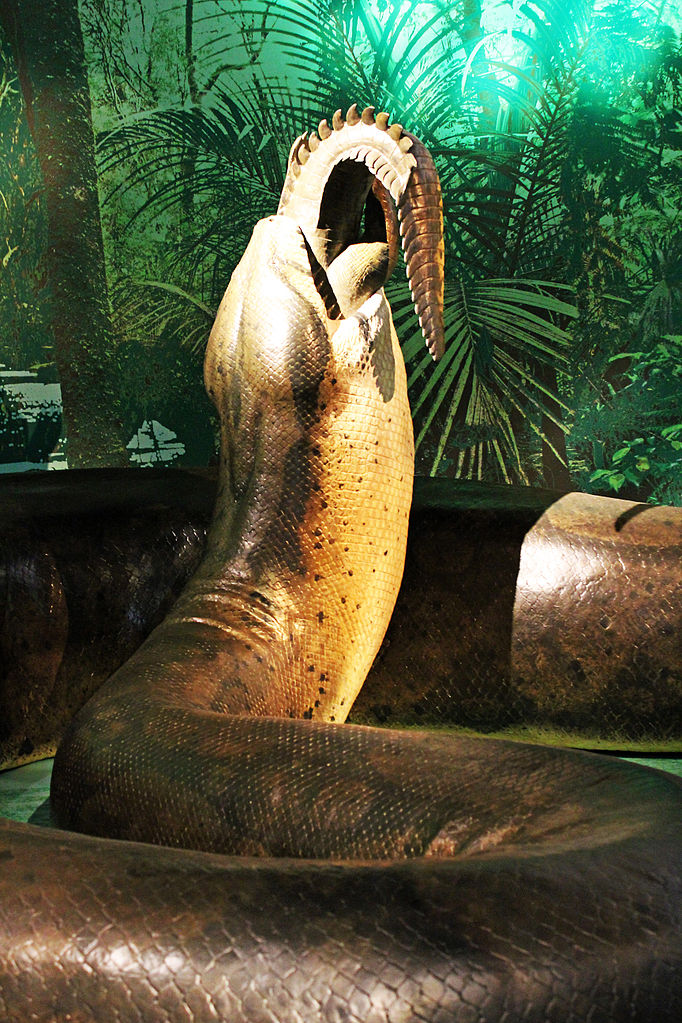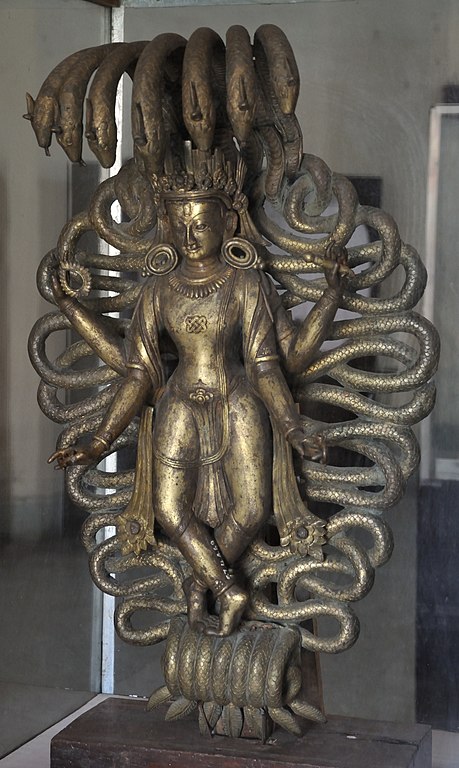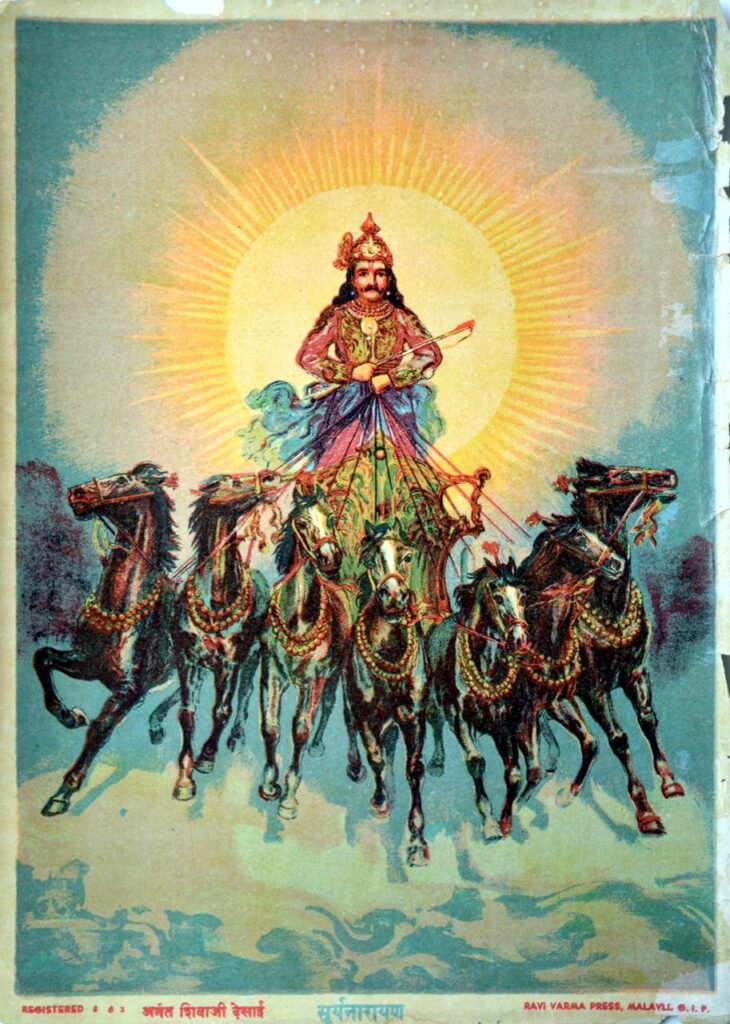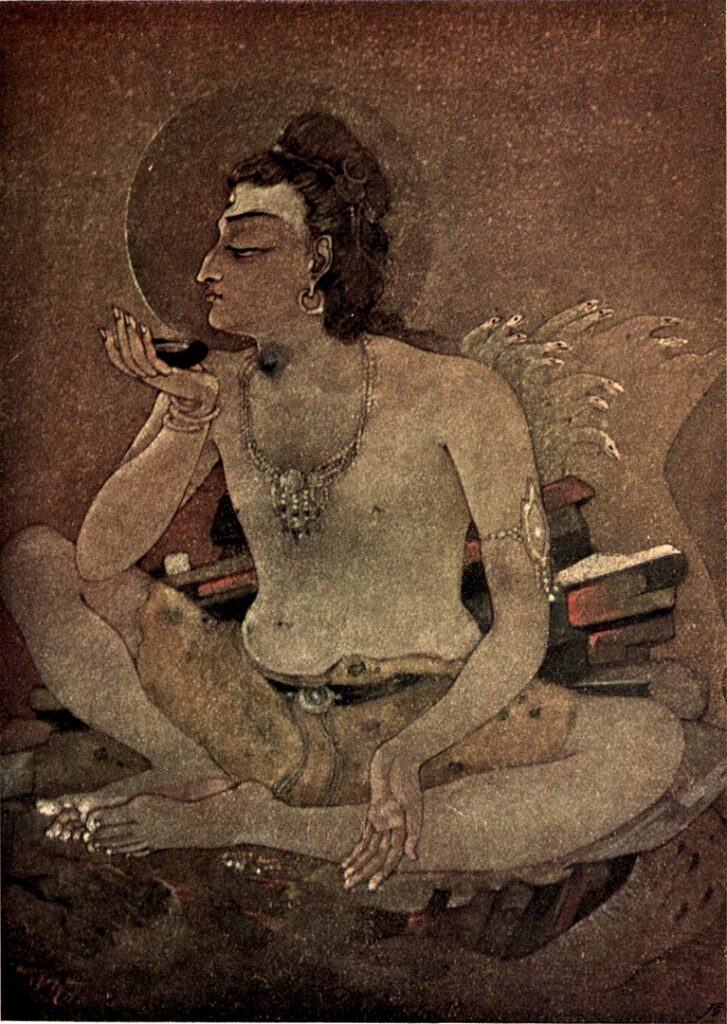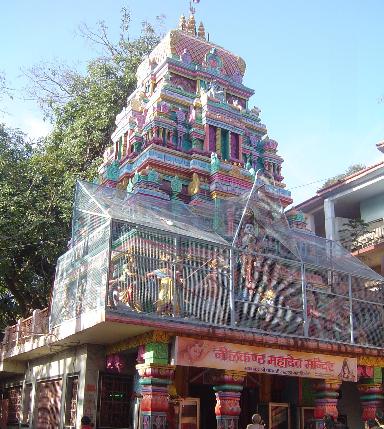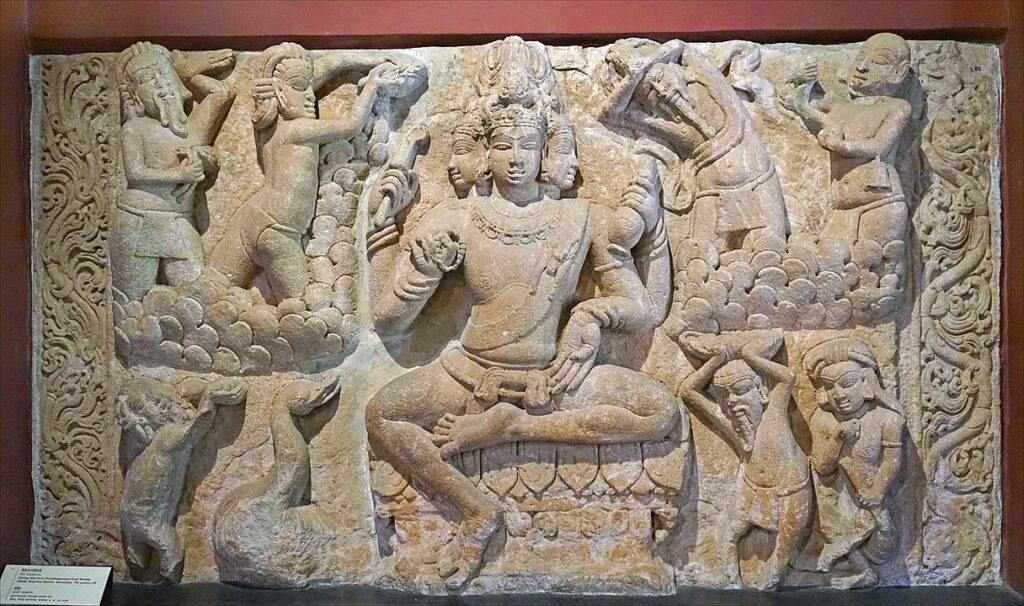
Table of Contents (The Complete Condensed Mahabharata in Simple English)
Previous Post: A Summary of the Birth of the Main Characters in the Mahabharata
After hearing about the births of his ancestors and other maharathas who participated in the war at Kurukshetra, Janamejaya wanted to know about their lives in more detail. Not just them, but he wanted to learn the details of all the great kings and he also wanted to know why the celestials were born on earth as humans.
“O king, the reason for the celestials’ birth as humans is a mystery even to many devas, however, I will narrate all the details after bowing to the Supreme.”
Parashuram, the son of Jamadagni, battled with the kshatriyas and destroyed them 21 times. A time soon came when there were no kshatriyas left on earth. At that time, the kshatriya ladies who wanted children used to approach vow-observing brahmans. The ladies had connections with these brahmins to conceive children. Thus the Kshatriya race once again flourished with these virtuous offspring.
Dharma was properly established at that time and everyone lived a virtuous life. With virtue increasing multifold, the earth became free of sorrow and disease and filled with joy. Seeing all beings live virtuously, Indra poured proper quantities of rain at the proper time and blessed all creatures. This marked the beginning of the Krita Yuga (Satya Yuga).
It was during this blessed time that the asuras were repeatedly defeated by the devas and being deprived of their place in heaven, they began to take birth on earth in royal lineages. Many asuras took birth as animals and rakshashas on earth.
These asuras – arrogant, insolent, and powerful – defeated other bings and established their power in various regions of the earth. As their power increased, they began to oppress all other humans and animals and even insulted the great rishis in their ashrams. Virtue diminished and adharma grew more and more powerful until a point was reached when the earth could no longer support herself.
Thus burdened and filled with fear, the earth, accompanied by rishis, devas, apsaras, and gandharvas, approached Brahma Deva for help.
The creator of the worlds was already aware of her plight. He immediately assured her that he would ask the celestials to be born on earth to ease her burden.
Brahma Deva then summoned the devas and asked them to take birth on earth and enter into conflict with the asuras. He also asked the gandharvas and apsaras to take birth in whatever form they preferred and play a role in helping earth according to their capacity.
The devas immediately accepted Brahma Deva’s words because his words were true, they indicated correct under the present circumstances, and would benefit all creatures.
with the decision to take birth on earth finalised, all the devas went to Sri Vishnu in Vaikuntha, where Indra Deva requested the great Narayana to take an incarnation on earth.
Sri Vishnu replied, “So be it !”
Indra Deva had a detailed discussion with Sri Vishnu about the latter’s incarnation and how the devas could take birth in various places to assist him.
Thus, Sri vishnu and various celestials incarnated on earth to destroy the rule of the asuras for the benefit of all creatures in the three worlds.
Next Post: Origin Of The Devas, Asuras, Gandharvas, Apsaras, and Various Other Beings


